
Artificial Lighting For Bonsai Growth
- Home
- Artificial Lighting For Bonsai Growth
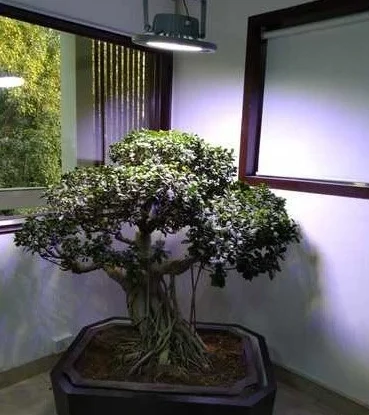
Artificial Lighting For Bonsai Growth

• Propagation from a source tree through cuttings or layering.
• Nursery stock directly from a nursery, or from a garden centre or similar resale establishment.
• Commercial bonsai growers, which, in general, sell mature specimens that display bonsai aesthetic qualities already.
• Collecting suitable bonsai material in its original wild situation, successfully moving it, and replanting it in a container for development as bonsai. These trees are called yamadori and are often the most expensive and prized of all Bonsai
| Light intensity | Illumination per day | |
| Plants from temperate climates | 700 lx | 9 hours |
| Subtropical Plants | 1.000 – 2.500 lx | 12 – 15 hours |
| Tropical Plants | 1.500 – 5.000 lx | 12 – 15 hours |
It is important to pay attention to the correct distribution of the light spectrum. Red and blue light promote photosynthesis, growth and the development of flowers and fruits. The light source must have sufficient illuminance (measured in lux) and must not generate too much heat in order not to damage the plants. The light from grow lights should be as similar as possible to natural sunlight, which has a colour spectrum between 5,000 and 10,000 Kelvin. For lamps, this light colour is called “daylight white” or “full spectrum”.
The colour spectrum of natural light is composed of green, red and a high share of blue colour component. The green part of the light is not needed by plants and is therefore reflected, which is why we see their foliage in green. Plants, on the other hand, use blue and red light. The right ratio of these light components is important. Too little light or too small a red component will result in unattractive growth with pale shoots with few leaves. The red colour spectrum promotes the growth of fruits and blossoms, while the blue supports shoot and foliage growth.
How to use a grow light : The artificial grow light should illuminate the bonsai trees from above. A distance of 30 – 40 cm between lamp and plant is considered optimal. If the lamp is hung higher above the plant, the light intensity it reaches will be lower.
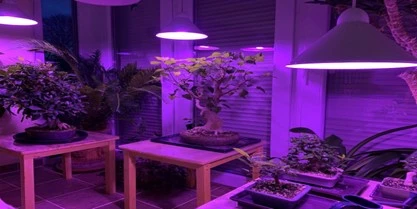
Choosing your grow lights : The ideal plant lighting contains a high blue component and at the same time a certain red component to promote healthy plant growth. Plant light should be as similar as possible to sunlight, so lamps with a full spectrum light colour are particularly recommended. The label 1A or 1B also means that a lamp can be used as plant light. What follows is a list of the many options available for grow lights.
LED – Modern LED bulbs or LED tubes are ideal for plant lighting. Here, too, care must be taken to choose the right colour temperature for the plants. LEDs are somewhat more expensive to buy than conventional light sources, but they make up for this in a short time thanks to their extremely low energy consumption. With a recommended lighting time of up to 15 hours a day (see table), LED plant lamps are always worthwhile.
Full spectrum fluorescent tubes – These are also well suited for plant lighting, especially as their heat radiation is so low that they can even be hung at a distance of 20 – 30 cm above the plant. Fluorescent tubes hung higher above the trees usually spread their light too widely and thus do not achieve the required illuminance. In contrast to LEDs, however, fluorescent tubes consume considerably more energy and do not last nearly as long.
“Modern LED bulbs or LED tubes are ideal for plant lighting.”
Sodium vapour lamps – These were once considered a particularly good solution for illuminating plants. Although they do not achieve the ideal light spectrum for plant light, they have a particularly high luminosity, because sodium vapour lamps reach wattages of 1,000 W. However, the lamps produce a lot of heat when generating light, which is why they have to be hung at a greater distance from the plants. Sodium vapour lamps are expensive to buy and also cause very high running costs due to their high energy consumption. Therefore, their use is less recommendable for the bonsai hobbyist.
Energy-saving lamps – Due to their low heat generation, full spectrum energy-saving lamps are also well suited as grow lights. Their compact design makes them ideal as a light source for individual plants. However, they are inferior to an LED solution in terms of power consumption and service life.
Normal incandescent lamps are not suitable as lighting for plants. They have too high a red component in their warm white light, usually between 2,300 and 2,500 Kelvin. Plants need red light to grow, but too much red light leads to unhealthy growth, and what’s more, incandescent lamps generate an extremely high amount of heat, which can be harmful to plants.
Conclusion for Bonsai grow lights : Good quality LED plant lamps offer the best ratio of ideal plant light and energy-saving lighting. There is an enormous variety of suppliers and brands of grow lights, including many from the Far East. Not all products are of satisfactory quality, which is why it is a good idea to first check out test reports from consumer protection organizations on the internet or ask on our Bonsai forum. Supplementing light for your indoor Bonsai in winter will improve their health and vigour substantially.
Reference :
- “Effect of Light Intensity on Growth and Photosynthesis of Indoor Plants” – Journal of Applied Horticulture
- “Comparison of Light Emitting Diodes (LEDs) and Fluorescent Lamps for Growing Plants in Controlled Environments” – Horticultural Science
- “Light Quality and Its Effect on Plant Growth: A Review” – Plant Science Review
- “Growth Response of Bonsai Plants to Various Light Conditions” – International Journal of Bonsai Studies
Comment (1)
Leave A Comment Cancel reply
- Blog Categories
- Basic of Artificial Lighting for Plants
- Basic of grow Light
- Case Studies
- General Awareness
- Indoor Vertical Farming
- Medical Plant Research
- Online Tool
- Pitch Grow Light
- Plant Lighting Measurement
- Speed Breeding
- Supplemental Lighting
- Tissue Culture Grow Lights
- Vertical Green Wall
- LED Grow Lights
- Pharma Segment
- General
Popular Products
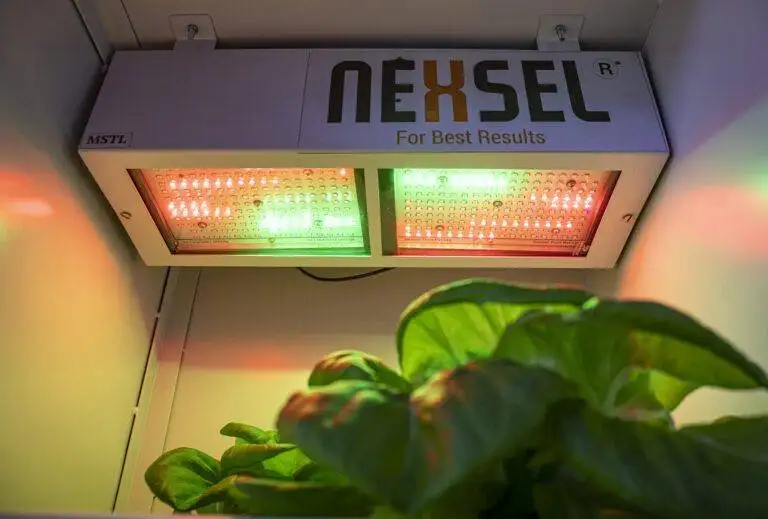
Enquire Now
Quick Link
Other Links
Design & Developed By VBTEK


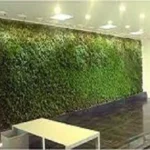
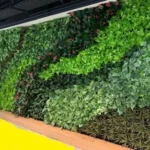
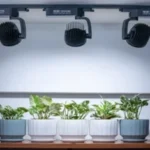
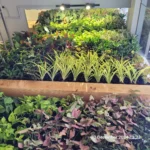
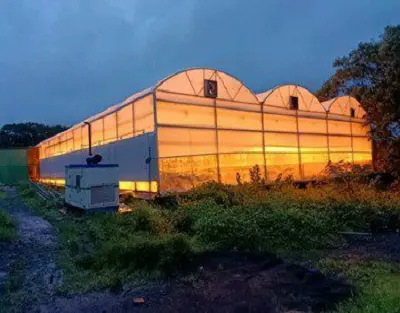
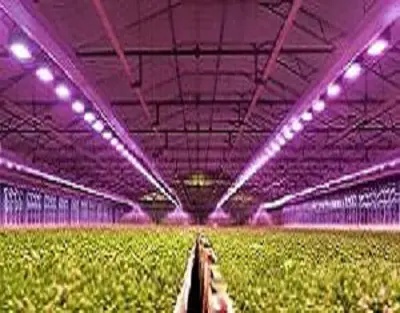
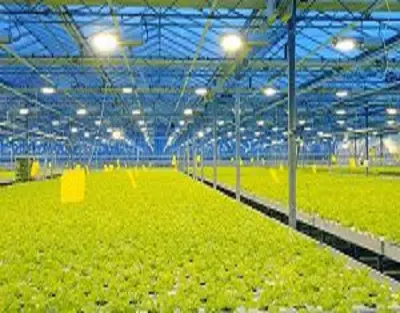
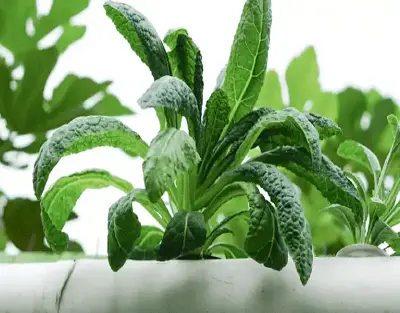
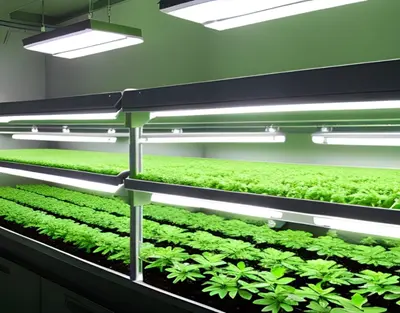
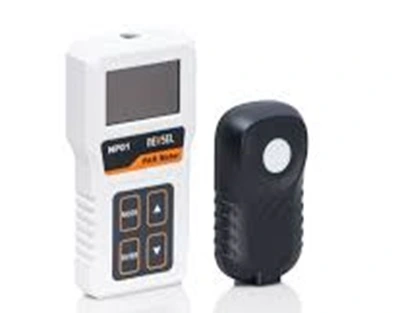
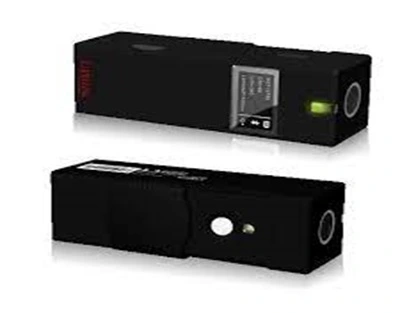
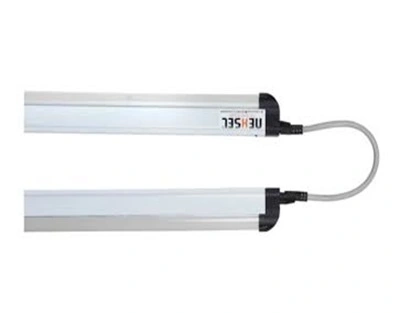
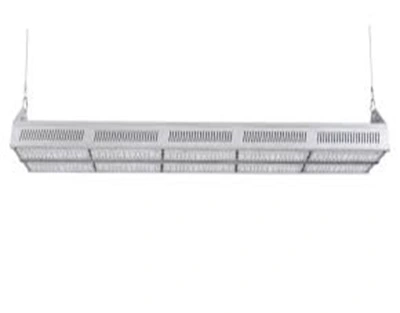
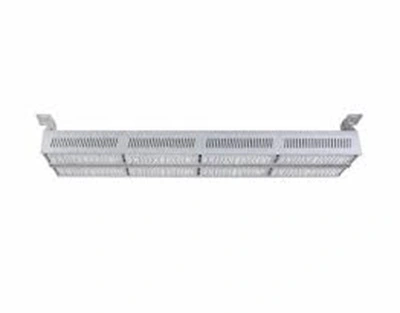
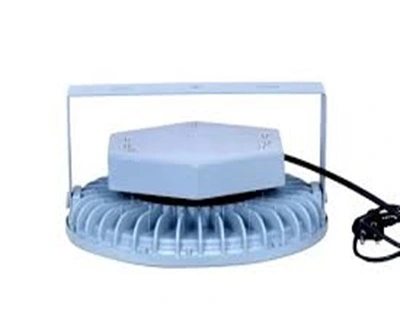
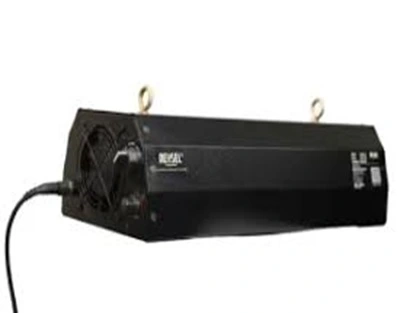

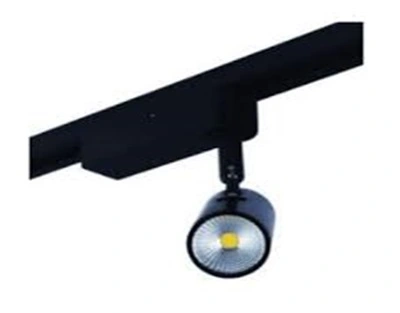
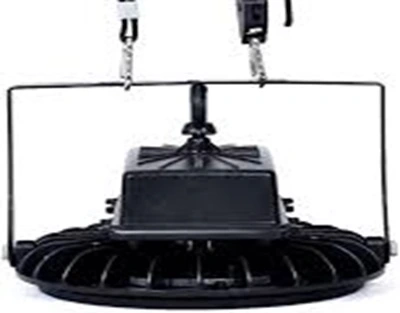
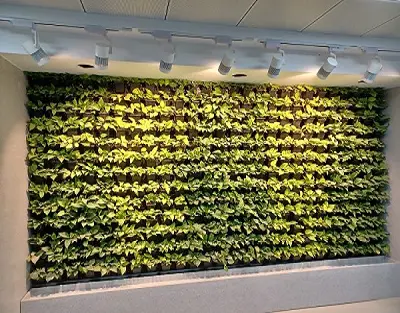
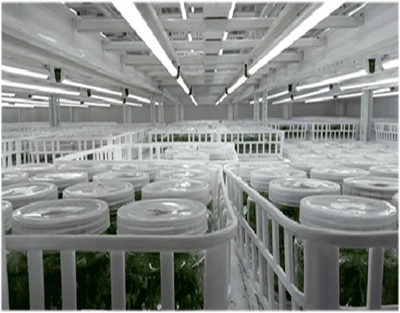

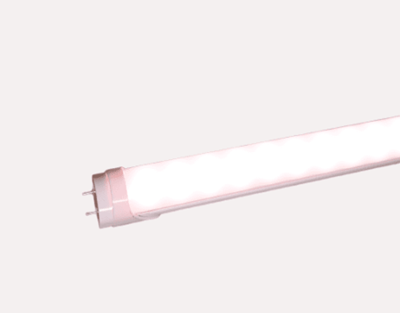
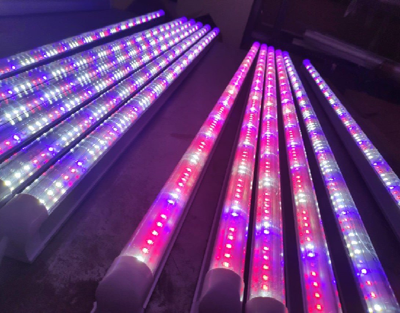
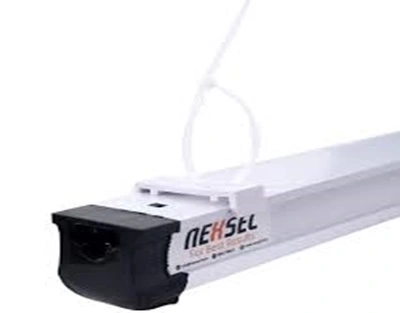
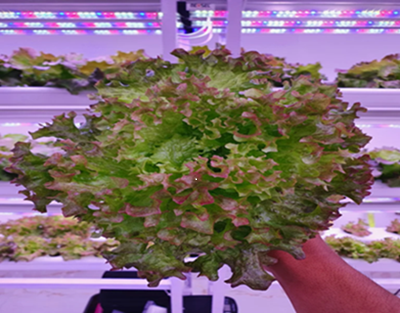
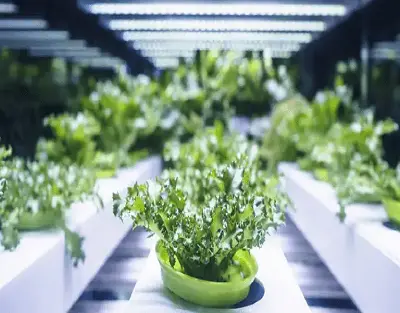
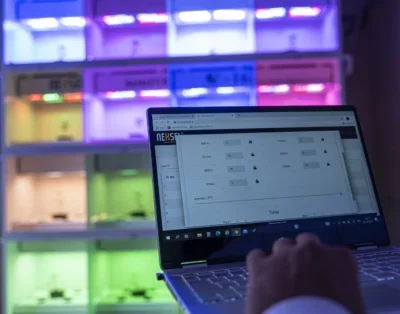


Vila Nova
Hi everyone, i World like to see the link of studies with Grow light photoperiod or Quality spacteum applied in the bonsai trees culture. Thanks